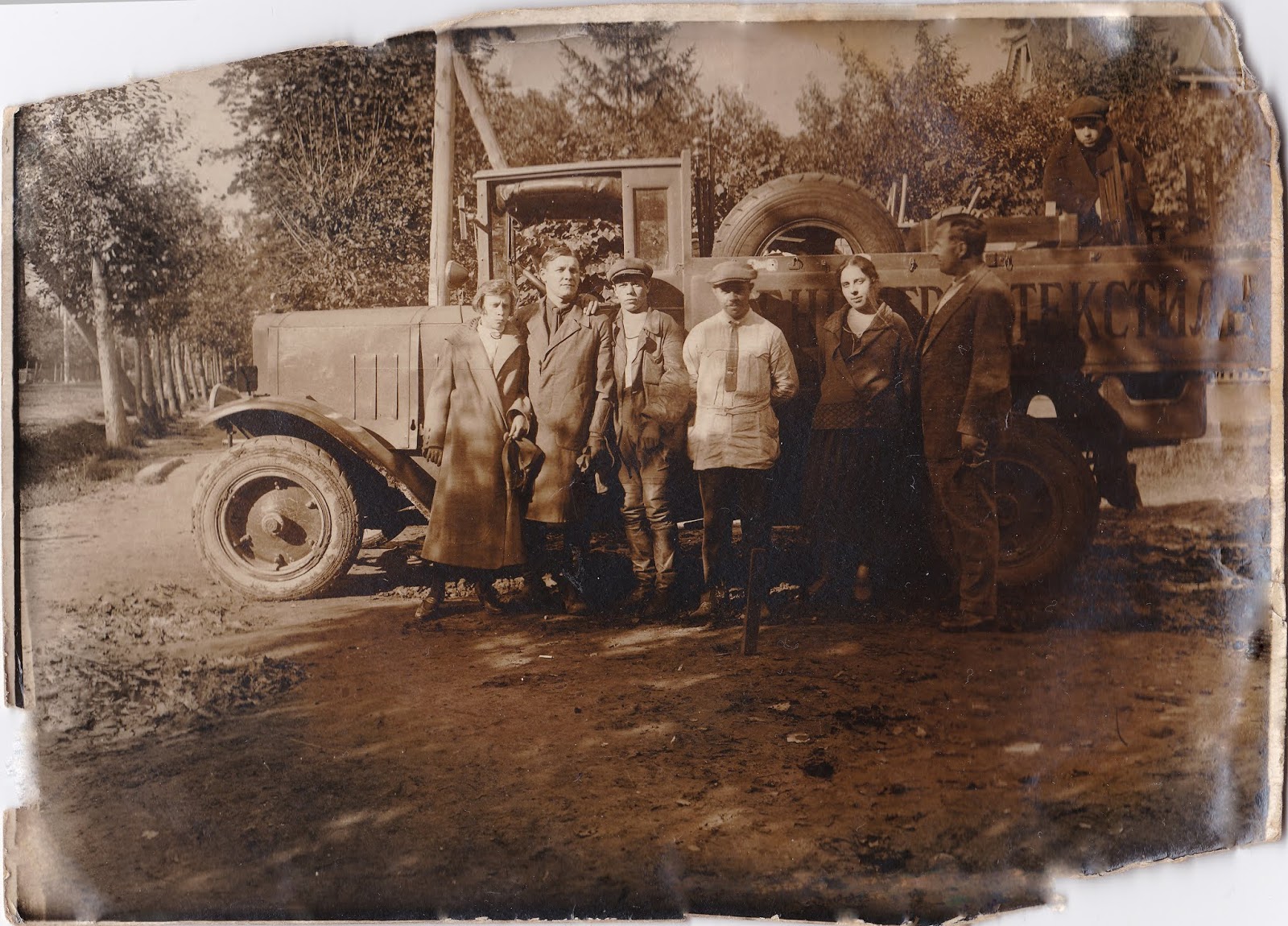Dubna.
Dubna is a city in the Moscow region, near the border with the Tver region. It's known known mostly for the facts that the canal Moscow-Volga begins here and there is an important Joint Institute for Nuclear Research located here as well.
Before the October Revolution, there were few villages in the area: Podberezye was on the left bank of the Volga, and Gorodishche, Alexandrovka, Ivankovo, Yurkino, and Kozlaki were on the right bank.
Right after the Revolution one of the very first collective farms was organized in the Dubna area. In 1931, Orgburo (Organizational Bureau) of the Communist Party made a decision to build the Volga-Moscow canal. Genrikh Yagoda, then the leader of State Political Directorate, was put in charge of construction. The Canal was completed in 1937. Ivankovo Reservoir and the Ivankovo hydroelectrical plant were also created as a part of the project. Many villages and the town Korcheva were submerged under water. Dubna is mentioned in Aleksandr Solzenitsyn's book "The Gulag Archipelago" as the town was partially built by Gulag prisoners. Dubna received city status in 1956.

The monument-locomotive in front of the Bolshaya Volga railway station.

There are many artifacts of the Soviet era on the streets of Dubna, like this bear, which was the symbol of the 1980 Moscow Olympics.
 .
.A house built during the Institute construction in the early1950s. There are identical buildings on the both sides of the street, where many of the scientists lived.


A World War II fighter plane, the IL-2.

The park on the bank of the Volga.

Looks like internet addiction, which you see everywhere now. The building of a new bridge is in the background.

Guys hanging out with beer.

Don't put the anchors here.


Navigable sluices painted on a wall.

And in reality--the inscription on the slope reads "Glory to the labor". It remains here from our Soviet time. Taking into account the fact that many of the construction workers on the Volga-Moscow canal and Ivankovskaya dam were political prisoners, that sounds similar to the Germans’ "arbeit macht frei" slogan.
The Moscow Canal, named the Moskva-Volga Canal until 1947, is a canal that connects the Moskva River with the Volga River. It is located in Moscow itself and in the Moscow Oblast. The canal connects to the Moskva River in Tushino (an area in the northwest of Moscow), from which it runs approximately north to meet the Volga River in the town of Dubna, just upstream from the dam of the Ivankovo Reservoir. The canal is 128 kilometers long.
It was constructed between 1932 and 1937, with the help of 200,000 prisoners under the direction of the Soviet secret police and Matvei Berman (a Soviet intelligence officer and head of the GULAG Soviet prison camp system from 1932 to 1937).
Thanks to the Moscow Canal, Moscow has access to five seas: the White Sea, Baltic Sea, Caspian Sea, Sea of Azov, and Black Sea. This is why Moscow is sometimes called the "port of the five seas". Apart from transportation, the canal also provides for about half of Moscow's water consumption, and the shores of its numerous reservoirs are used as recreation zones.

This tunnel has definitely seen better days.

It looks like a good place for fishing!

The back of the huge sculpture of Lenin.

One of the world's tallest statues of Vladimir Lenin (25 meters (82 ft) high, and built in 1937) is located at Dubna, at the confluence of the Volga River and the Moscow Canal.

An accompanying statue of Joseph Stalin, similar in size, was demolished in 1961, during the period of de-Stalinization. It was situated where the fir trees grow, in the photo above.



A memorial stone dedicated to the builders of the Volga-Moscow Canal. "For the heroes and victims” reads the inscription on it.

The Ivankovsky water reservoir.

Original lanterns still remain from when the canal was built.

The Ivankovskaya dam was built in 1937, together with many other dams on the Volga. This is the part of the Volga-Kama cascade of hydropower plants - a cascade of reservoirs and hydroelectric power stations on Volga.



ZHBOT, a small pillbox, now a memorial to the Great Patriotic war. At the end of 1941, the front line of battle was not far from the area of modern Dubna.







Comments
Post a Comment